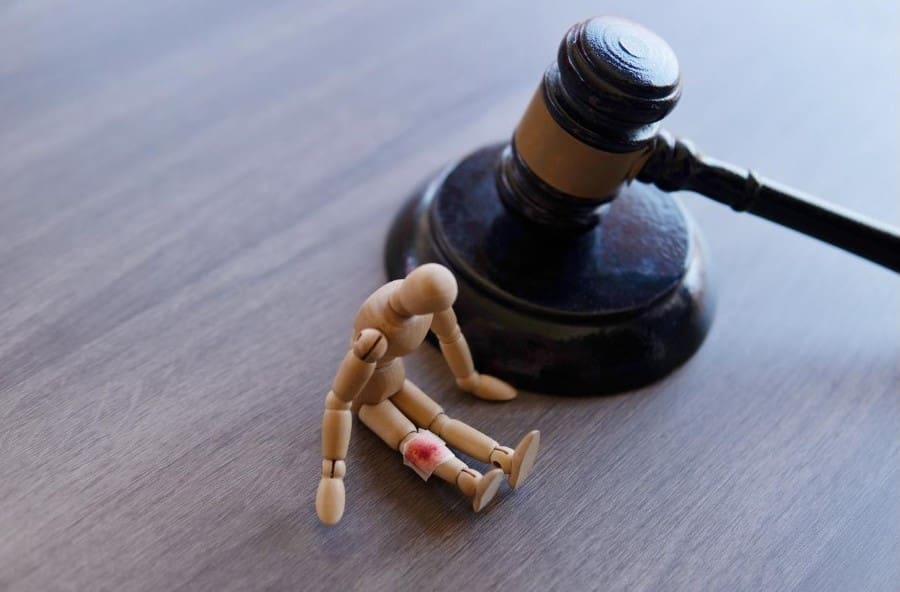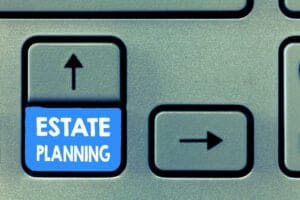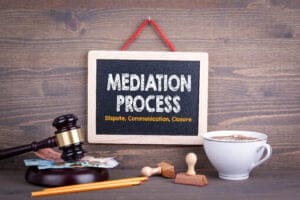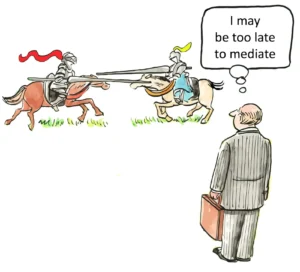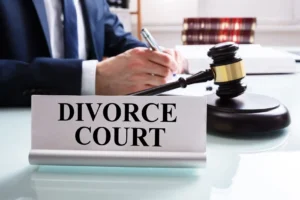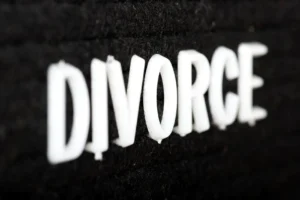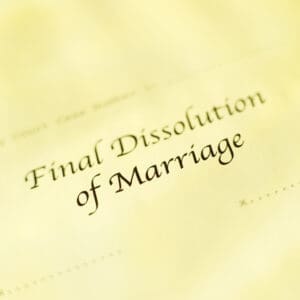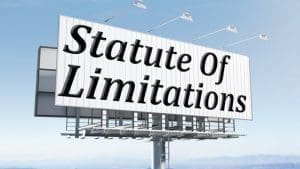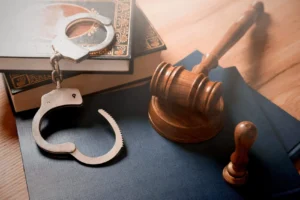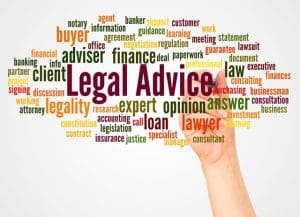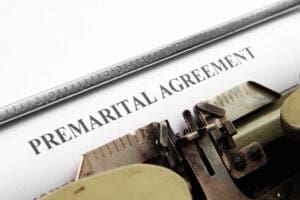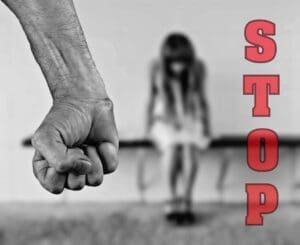What ‘Duty of Care’ Means in Slip and Fall Lawsuits in California
In slip and fall cases in California, the concept of a landowner’s responsibility plays a crucial role in determining legal outcomes. This responsibility requires property owners or those in control of the premises to keep the area reasonably safe and address any known dangers. Simply put, a person responsible for a property must take reasonable steps to prevent accidents caused by unsafe conditions.
This obligation means that when someone slips or falls due to a hazard that the property holder should have fixed or warned about, they could be held accountable for resulting injuries. Understanding this duty helps injured parties assess whether they may have a valid claim and the measures that property holders must meet under the law. If questions arise about negligence or potential claims, it may help to get insight from professionals who handle similar cases.
People who suffer injuries in such incidents can benefit from knowing how these legal principles apply to their situation, especially when seeking assistance from slip and fall accident lawyers in California. Awareness of the property holder’s responsibilities helps clarify when negligence might be involved and the options available for compensation.
Understanding the Duty of Care in California Slip and Fall Lawsuits
In California slip and fall claims, establishing the responsibilities that property owners have toward visitors is essential. Liability depends on whether those in control of a property took the essential steps to maintain safety and avoid causing injury.
Legal Definition of Duty of Care
The duty of care involves a legal obligation requiring individuals in charge of property to take reasonable steps to prevent harm to others. It sets a baseline standard for behavior that aims to protect visitors from avoidable accidents.
This obligation means property owners must act prudently by recognizing potential dangers and addressing them promptly. Failure to fulfill this duty can lead to being held accountable when someone is hurt due to unsafe conditions.
Who Owes a Duty of Care and to Whom
Generally, responsibility lies with those who own or manage property landlords, businesses, or homeowners. Their duty extends primarily to invitees, such as customers or guests, who are on the premises legally.
The scope of care varies depending on the visitor’s status. Invitees receive the highest level of protection, requiring property controllers to inspect, repair, and warn about hazards. Licensees and trespassers are owed lesser or limited responsibilities.
The Impact of Reasonable Care and Breach of Duty
Reasonable care demands that property keepers act as a careful person would under similar conditions. It involves inspecting the premises regularly, fixing known problems, and alerting visitors to risks.
A breach happens when the property guardian fails in these duties, directly causing injury. For example, ignoring a spill on a floor or neglecting broken steps can demonstrate negligence sufficient for legal accountability.
Premises Liability and Applicable California Law
California law governs slips and falls under premises liability rules, which require proving the property party owed a duty, neglected it, and caused harm. This framework ensures that cut corners or overlooked dangers receive scrutiny.
Specific time limits apply for filing claims to hold property controllers answerable. Recognizing how these liability laws operate assists injured parties in pursuing rightful compensation for medical costs and damages under California slip and fall laws.
Proving Negligence and Recovering Compensation in Slip and Fall Cases
Proving fault in a slip and fall incident requires clear evidence of a property owner’s failure to maintain safe conditions. Recovering damages depends on demonstrating the connection between the hazardous condition and the injury suffered. Various types of losses can be claimed, each with specific requirements. Fault-sharing rules and timing can also influence the outcome of claims.
Establishing Negligence with Evidence
To demonstrate fault in a slip and fall incident, four key elements must be shown: the property owner owed a duty to maintain safety, failed in that duty, this failure caused the injury, and resulting losses occurred. Gathering proof is crucial.
Important evidence includes:
- Photographs or videos of the hazardous condition, such as wet floors or uneven surfaces
- Witness statements detailing the incident and prior awareness of the hazard
- Incident reports and medical records linking the injury to the fall
- Professional analysis or accident reconstruction to confirm how and why the accident occurred
Establishing that the owner knew or should have known about the danger, yet took no reasonable action, is often decisive. A skilled personal injury lawyer can assist in collecting and organizing this evidence to build a strong case.
Types of Damages in California Slip and Fall Lawsuits
Victims in California can claim compensatory damages to cover economic and non-economic losses caused by the accident. These typically include:
- Medical expenses: hospital bills, rehabilitation, and future care costs
- Lost wages: income lost due to inability to work during recovery
- Pain and suffering: physical discomfort and emotional distress from the injury
- Property damage: replacing or repairing personal items damaged in the fall
In rare situations, punitive damages may be awarded if the property owner’s negligence was especially reckless or intentional. These damages are intended to penalize and deter such behavior. Knowing which damages are recoverable and how to quantify them is essential for fair compensation.
Role of Comparative Negligence in Settlement and Compensation
California follows a pure comparative fault framework, meaning claimants can recover damages even if partially responsible for their fall. Damages are reduced by the percentage of their own fault.
For example, if someone is found 25% responsible for a slip and fall, their compensation is reduced by that proportion. However, they still can receive 75% of the total damages calculated.
Insurance companies often use comparative fault to lower payouts. Understanding how fault is apportioned affects settlement negotiations and final awards. A personal injury attorney can argue effectively to minimize any assigned responsibility.
Practical Steps After a Slip and Fall Accident
Immediately seeking medical attention is critical to document injuries and receive care. Promptly reporting the incident to the property owner or manager creates an official record.
Preserving evidence is essential. This includes:
- Taking photos of the accident site and hazardous condition
- Collecting witness contact information
- Keeping all medical and repair bills
- Avoiding giving statements without legal counsel, especially to insurance companies
Victims should also consult a slip and fall attorney quickly, as California has strict time limits for filing claims under the statute of limitations. Early legal guidance helps protect rights and assists in pursuing the appropriate compensation.
